It was 1969, 18 months after US troops slaughtered more than 500 Vietnamese villagers - mainly women and children - that news of what would become known as the My Lai Massacre, broke. The already much eroded moral defense of US involvement and tactics in Vietnam took another major hit. The My Lai massacre may not have been the only massacre of the war, but it was certainly the most widely publicised.
The massacre occurred on March 16 1968 in poor rural hamlets in Son My, outside of Quang Ngai, just weeks after the Tet Offensive struck at the heart of US operations in Vietnam.
Quang Ngai had long been a stronghold of anti-French colonial resistance and by the late 1960s was also proving deadly terrain for South Vietnamese and US forces. Having lost men in the area in the days before the massacre, Colonel William Calley and his men arrived at Son My with vengeance in mind - no matter that they encountered no Viet Cong and experienced no resistance.
The massacre was first reported as a resounding military victory by General Westmoreland, the US commanding officer in Vietnam at the time. It took 18 months and the dogged investigative determination of journalist Seymour Hersh for the story to break.
None of the perpetrators of the massacre have ever faced proper justice. A handful of soldiers that tried to stop the massacre faced recriminations for years before their heroism was finally recognised in the 1990s. Their efforts are also acknowledged at the memorial.
William Calley, the only man convicted over the massacre, served three years under house arrest after appeal. President Nixon intervened in the judicial process on his behalf. Calley has lived freely in the US since the 1970s. He apologised for his role in the massacre in 2009.
The memorial
The My Lai massacre memorial is located 8kms outside of Quang Ngai on Vietnam's central coast in rural countryside surrounded by palm trees and rice paddies. It's three hours drive south of Hoi An and isn't far off Highway 1 - the main route between Hanoi and Saigon.
The memorial has been expanded since a socialist realist statue depicting steadfast resistance in the face of the slaughter was erected in the 1970s. The faces have a distinctly European character to them.
During the past decade, new bronze statues and a museum have been added. The museum features images of the slaughter and other events of the war. It's not dissimilar to collections in other war history museums around the country - with more emphasis on the massacre.
Outside the museum, there are recreations of ravaged huts similar to those in which the victims, whose names are recorded on plaques, once lived. There are some unfortunate concrete models of slain animals that add nothing to the solemnity of a visit.
The simpler memorial that existed in the 90s was arguably more effective in conveying the horror of the massacre.
Travel tips
A visit to My Lai is easily made by those overlanding between Nha Trang and Hoi An. If you're using the traveller buses that ply the route, you'll have to alight in Quang Ngai and probably spend the night there. There's not a lot to do in Quang Ngai apart from visit My Lai and nearby beaches.
From Hoi An, you can rent a car or take a tour which will consume most of the day. It's around 3 hours each way.

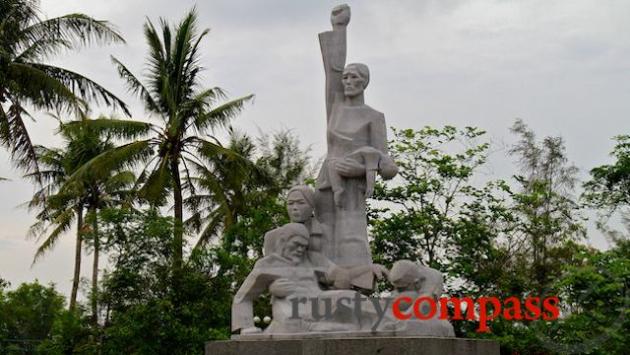
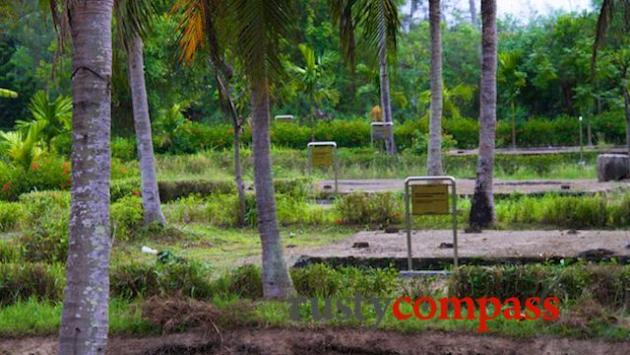
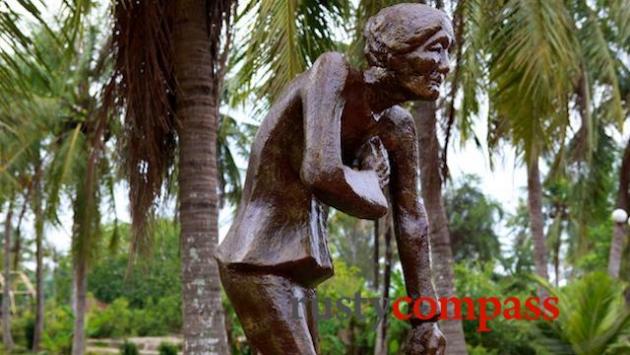
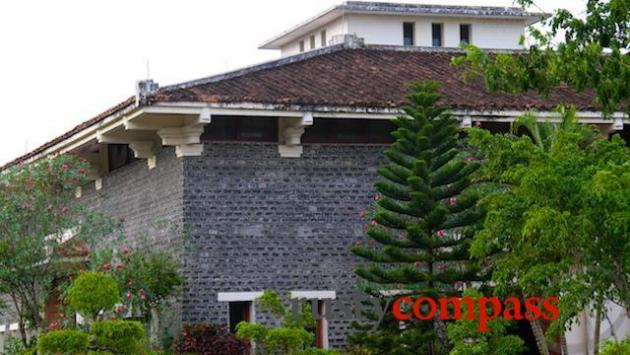
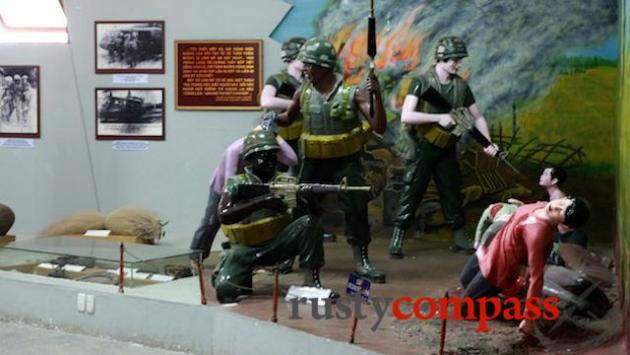
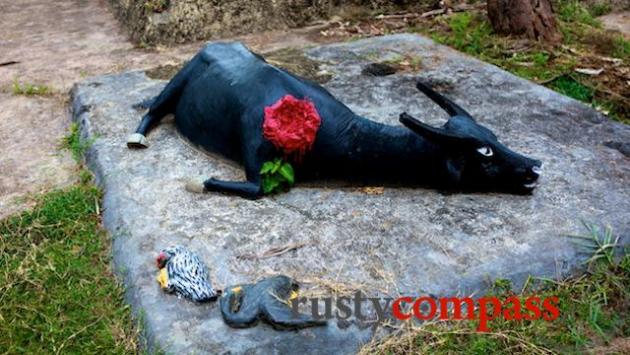







There are no comments yet.